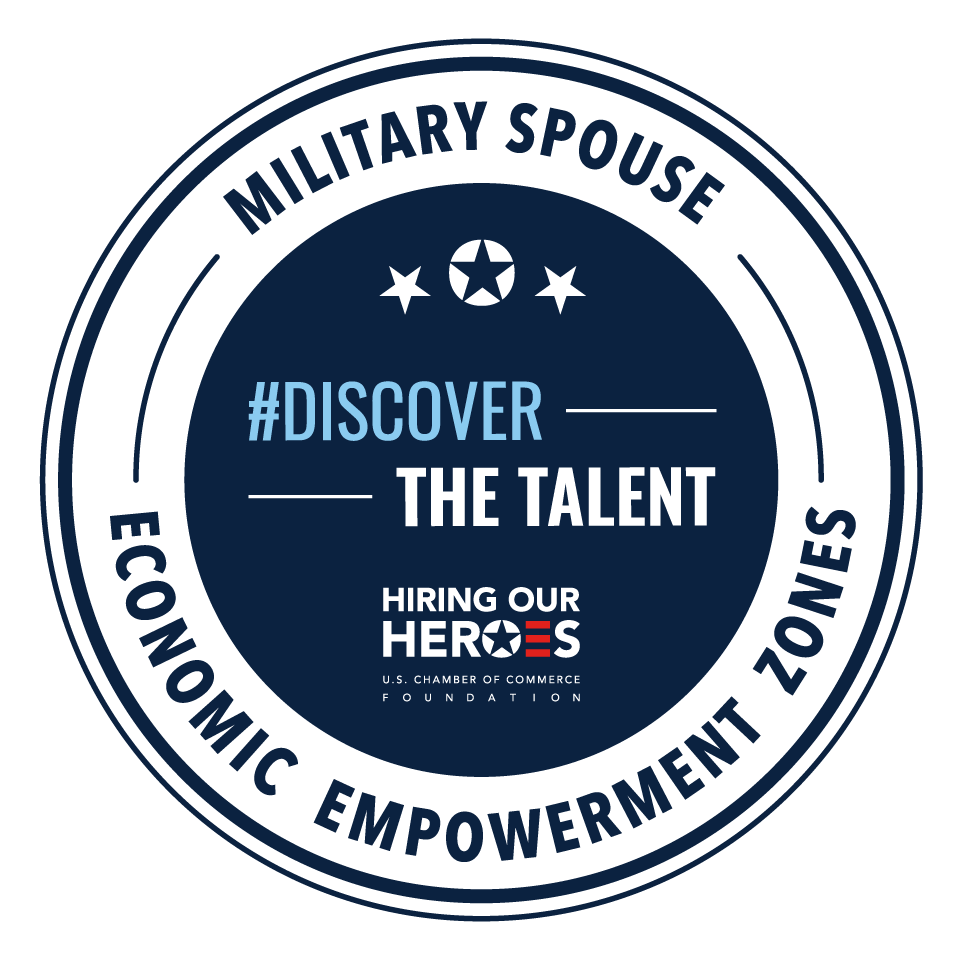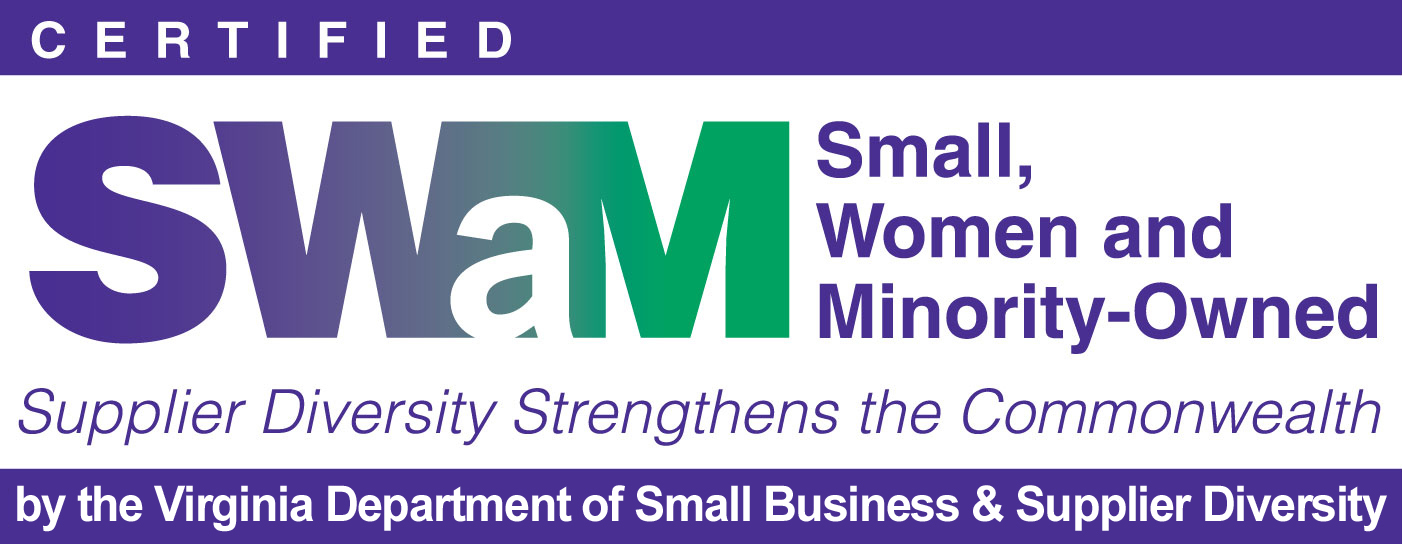
Aligning Your Philanthropic Program with Your Company’s Mission
By: Meredith Flory
For many companies, philanthropy and marketing are tied together. Employees wear company branding at volunteer events, and monetary contributions are posted on brochures and websites. There’s nothing, at first glance, ethically wrong with these practices. It makes sense that companies would want their customers to know about their efforts to help the community, and many consumers want to support companies whose work aligns with their values.
Where businesses run into a problem is that with the amount of information at our fingertips, businesses can find themselves in hot water for claiming to support a cause while engaging in practices harmful to that cause. You might hear grumbling from workers if a company participates in fundraising or volunteer events that help the working poor but refuses to offer employees a livable wage or benefits or support for employees with financial hardships.
However, business leaders can work to make sure that their business hiring and production policies match their philanthropic vision for sustainable change in the community to marketing consumers can trust. Here are three steps to take to start a meaningful philanthropic campaign:
- Deal with employee concerns first. Are there benefits that would help your employees if you spent money there first before looking into philanthropic donations? Making sure pay, health care, leave, and other opportunities like funding for education and professional development are available as your company grows will ensure that your employees don’t need to take advantage of services from nonprofits that assist the working poor. Furthermore, employees who feel supported and secure are more likely to have the energy, along with extra time and money, to participate when your company does start giving back to the community.
- Match your mission to your giving. Before choosing a giving campaign or volunteer event to participate in, think about your mission as a company and select a project that shows commitment to what your company can do for customers. This careful consideration will help any marketing boost you get from philanthropy seem authentic and natural. For example, if you are a veteran or military spouse-owned business, there might be a natural fit to work with a nonprofit that supports veterans in your community. If you are a small business focused on fashion clothing, beauty supplies, or personal grooming services, consider working with a domestic abuse or homeless shelter to supply those services for people looking for jobs or getting back on their feet. Do you make pet supplies? Work with a local animal shelter, wildlife organization, or training organization for service animals. These are just a few examples, but if you are filling a need for customers, you can use those same skills and products to benefit a community organization.
- Work to build relationships with community organizations. If you are following the previous two steps, then it will be easy to make sure that your philanthropic endeavors are not one-off projects but long-term investments in your community. Note that this level of commitment does not have to apply to every philanthropic gift. Certainly, it makes sense at times to participate in a giving campaign or volunteer day that fulfills a specific, timely need. However, if you are thinking about philanthropy in terms of long-term community engagement and how that plays into your business goals and marketing, developing relationships with specific organizations can be mutually beneficial. Treating a nonprofit that you’d like to support in the same way you would treat a business partner supplier or large customer can lead both organizations to growth opportunities. For example, if you are consistently supplying low-cost or at-cost goods to a nonprofit’s functions, other event participants will recognize your branding and might think of you for their own events. Functions where you get to know volunteers and consumers might generate opportunities for talent development. As a community leader, you may find more opportunities to be a part of developing projects or nonprofit boards if you sustain a relationship with one specific cause or charitable organization.
Thinking of philanthropy as a long-term investment in your mission and community will help increase morale and seem more authentic to your consumer.
Want additional ideas on how to make your philanthropic giving program more marketable? Contact us today.


